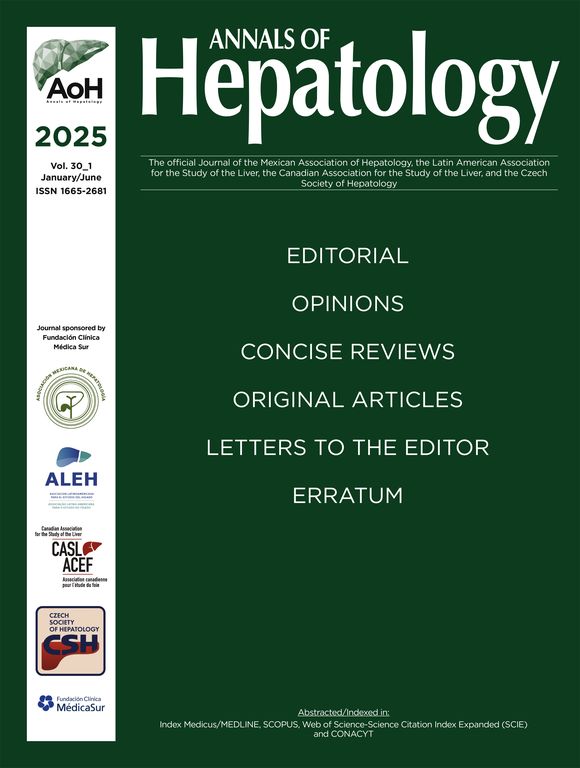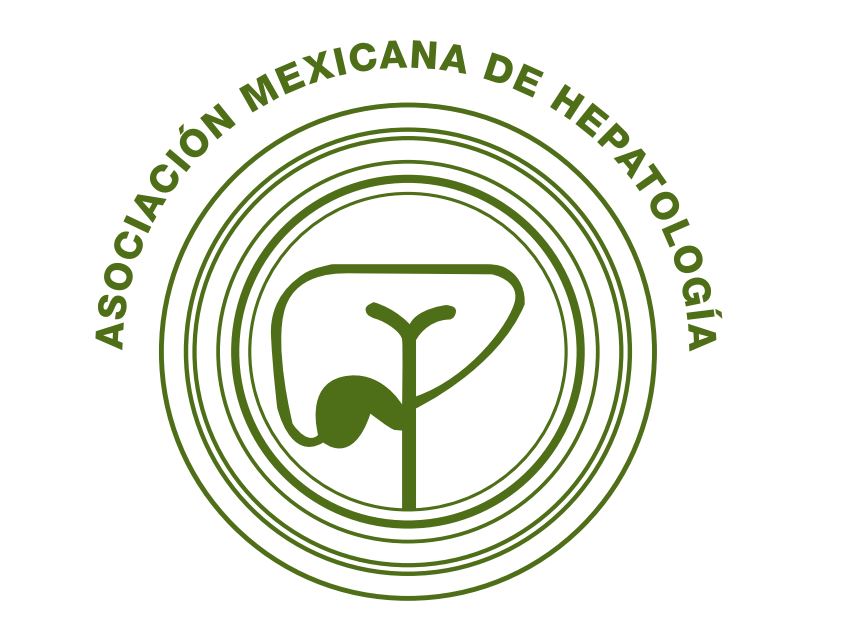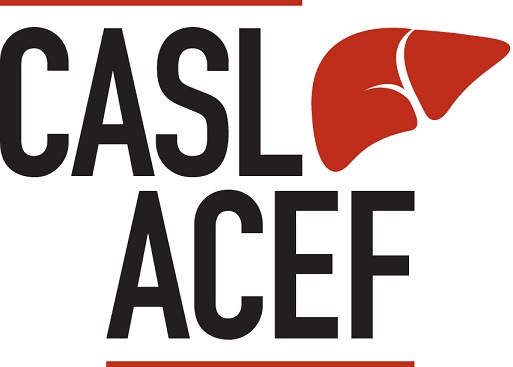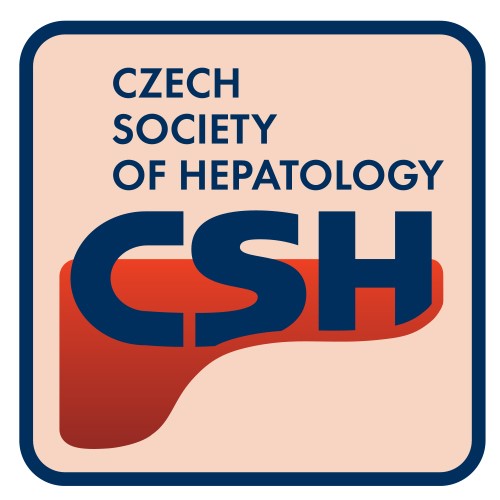Introduction. Hepatitis E is a disease of global distribution, with significant morbidity and mortality, whose scope and burden continue to emerge in low endemic countries.
Material and methods. In 2012, we studied the prevalence of anti-HEV antibodies in 202 adult serum samples. We also analyzed samples from 143 patients with acute non-A-C hepatitis from January 2011 to December 2013. Acute HEV infections were diagnosed with anti-HEV IgM and/or HEV RNA. HEV RNA was also investigated in 94 swine fecal samples. HEV RNA was sequenced and characterized.
Results. We found higher values of prevalence than those previously reported in the 1990s. The overall prevalence of anti-HEV IgG antibodies was 15.4%. The prevalence was 10.6% in the 123 adults voluntarily screened on World Hepatitis Day 2012 in Buenos Aires city and 14.8, 16.7 and 35.7% respectively in the smaller groups of healthcare workers, blood donors and HIV-positive patients from different regions of the country. Nine acute HEV infections were diagnosed in the three years analyzed. We characterized new human variants of subgenotype 3a and 3i. New subgenotype 3i variants were found in swine from two distant provinces closely related to the human ones.
Conclusions. These results enlarge the knowledge of HEV and contribute with new information. However, higher values of prevalence found in small groups need to be confirmed in larger studies. Many aspects of the spectrum of the disease and the reservoirs and routes of transmission are still unknown and thus deserve additional research.
The infection caused by hepatitis E virus (HEV) is a significant public health problem in many parts of the world.1,2 This RNA virus circulates worldwide with at least two epidemiological profiles that allow to distinguish highly endemic regions from low endemic regions.3,4 The data reported in the last years have revealed the complex picture of the epidemiology of HEV infection in Latin America5 In Argentina, locally acquired sporadic cases showing self-limited infection or acute liver failure in adults and children have been reported.6–10 Swine genotype 3 HEV related to human variants has also been characterized.11 Studies showing prevalence of anti-HEV in different groups were carried out in the 1990s.12,13 New serological assays have proven a better performance.14,15 We are presenting our latest findings from 2011 to 2013.
Material and MethodsPrevalence of human anti-HEV antibodiesIn 2012, we have studied the prevalence of anti-HEV antibodies in 202 adult serum samples by means of two commercial kits. One hundred twenty-three serum samples were taken from adults interested in being screened for hepatitis B virus (HBV) and hepatitis C virus (HCV). These people were first interviewed and asked to answer a brief survey with demographic data and parenteral risk factors as one of the activities offered for information and awareness on the World Hepatitis Day, on 28th 21 July 2012, in Buenos Aires city.
One commercial enzyme immunoassay (EIA) (HEV IgG, DiaPro Diagnostic Bioprobes, Milan, Italy) was used to detect anti-HEV IgG antibodies in 95 out of those 123 samples. A second commercial EIA kit (Wantai HEV IgG, Beijing, China) was used to detect anti-HEV IgG antibodies in the remaining 28 serum samples 1 and additional 79 serum samples. These came from anti-HIV-positive patients and blood donors referred to our laboratory from different Argentinian cities. Furthermore there were healthy healthcare workers working in a Buenos Aires city center who were checked for their immunity against HBV.
The information is summarized in Table 1.
Prevalence of anti-HEV IgG antibodies in 202 adults in 2012.
| Population | Number | Male gender | Median age/ years (range) | Anti-HEV IgG assay | Anti-HEV + | Prevalence | Male gender | Median age/ years (range) | Location/Region of the country |
|---|---|---|---|---|---|---|---|---|---|
| Volunteers | 95 | 48% | 50 (21 to 84) | Diapro | 9 | 9.5% | 56% | 50 (21 to 64) | BsAs city and greater BsAs (center-east) |
| Volunteers | 28 | 43% | 45 (19 to 66) | Wantai | 4 | 14.3% | 75% | 48 (33 to 64) | BsAs city and greater BsAs (center-east) |
| HIV + | 28 | 79% | 44 (18 to 56) | Wantai | 10 | 35.7% | 80% | 47 (36 to 54) | BsAs city, BsAs and Río Negro provinces (center-east and south of the country) |
| Healthcare workers | 27 | 22% | 40 (19 to 68) | Wantai | 4 | 14.8% | 0% | 38 (22 to 57) | BsAs city and greater BsAs (center-east) |
| Blood donors | 24 | 46% | 35 (20 to 55) | Wantai | 4 | 16.7% | 25% | 38 (21 to 55) | BsAs and Neuquén provinces (center-east and south of the country) |
| Total | 202 | 49% | 45 (18 to 84) | 31 | 15.4% | 55% | 46 (21 to 64) |
We studied serum samples from 143 patients (56% males) with acute non-A-C hepatitis, referred from hospitals of Buenos Aires and other Argentine provinces, obtained between 2011 and 2013. The median age of the patients was 45 years, ranging from 18 to 74 years old. Fecal samples were also available for 27 of them.
Serological diagnosis was carried out detecting total anti-HEV (IgM+IgG) antibodies (HEV Ab, DiaPro) or anti-HEV IgM antibodies (Wantai HEV IgM and HEV IgM, DiaPro EIA kits) upon availability. No commercial kit was available in the market in Argentina until 2013.
All serum and fecal samples were studied on arrival for HEV RNA by RT-nested PCR, using different sets of degenerated primers directed to the ORF1, ORF2 and ORF2/3 regions.6,16,17 We detected the ORF2/3 and ORF2 regions simultaneously as they are the most sensitive in our hands. The ORF1 fragment was amplified for further investigation in samples with positive results for the other two amplified regions. In PCR-positive cases, purified PCR products were sequenced, characterized and analyzed as previously described.7,8,11
Swine fecal samplesFecal samples were obtained by rectal swab from 73 out of 720 1- to 3-month-old pigs from two commercial herds from Mendoza province (west-center of Argentina) in 2012.
Additional 21 fecal samples from 1- to 3-month-old pigs from a commercial herd from Santa Fe province north-center of Argentina) were also 1 studied in 2011. HEV RNA was processed in the same way as for the human samples previously described.
ResultsPrevalence of human anti-HEV antibodiesNine out of the ninety-five samples studied with the DiaPro IgG assay were positive. The seroprevalence for this group of people, who were voluntarily screened for HBV and HCV, was 9.5%.
The overall prevalence of anti-HEV antibodies in sera detected by the Wantai IgG assay was 20.6%. Twenty-two out of 107 samples were reactive. However, when we considered the anti-HEV prevalence according to each subgroup, the proportions of reactive samples varied.
Results and demographic data from reactive samples are summarized in table 1.
The global distribution of anti-HEV IgG-positive samples according to the age is shown in figure 1.
Diagnosis of acute HEV infectionFrom January 2011 to December 2013 we diagnosed nine acute infections with HEV.
Results are summarized in table 2.
Acute hepatitis E cases diagnosed between January 2011 to December 2013.
| Patient | Age/ gender | Date | Location | Clinical presentation | ALT ULN | Comorbid condition | Hospital admission | Anti-HEV | HEV RNA/Genotype | Risk factor associated |
|---|---|---|---|---|---|---|---|---|---|---|
| 1 | 64/M | 4/2011 | BsAs | Anicteric | > 10X | No | No | + Total (Diapro) | ORF1/0RF2 /3a | Cruise to EEUU & Caribbean. |
| 2 | 66/M | 5/2011 | BsAs | Anicteric | 8X | Hypothyroidism | No | + Total (Diapro) | ORF2/ 3a | Travelled throughout Argentina and ate home-made porcine products. |
| 3 | 55/M | 5/2011 | BsAs | Jaundice | > 20X | No | Yes | - Total (Diapro) | ORF2 /3i | Worked in a liver-transplant unit & ate porcine products. |
| 4 | 71/M | 11/2011 | BsAs | Anicteric | > 20X | HIV+ | Yes | + Total (Diapro) | ORF2/3a | Ate porcine products. |
| 5 | 42/M | 8/2013 | BsAs | Jaundice | > 10X | HIV+ | Yes | + IgM (Diapro) | ORF1/ORF2/3I | Not reported. |
| 6 | 26/F | 10/2013 | Salta | Anicteric | 8X | HIV+ | No - | IgM (Diapro & Wantai) | ORF2/3a | Not reported. |
| 7 | 49/F | 11/2013 | BsAs | Anicteric | > 10X | Acute brucellosis | Yes - | IgM (Diapro & Wantai) | ORF1/ORF2/3a | Trip to Jujuy, ate home-made goat cheese, platelet transfusion. |
| 8 | 42/M | 11/2013 | BsAs | Anicteric | 10X | Renal transplanted | No - | IgM (Diapro & Wantai) | ORF1/ORF2/3a | Ate porcine products and seafood. |
| 9 | 41/M | 12/2013 | Mendoza | Jaundice | > 20X | No | No - | IgM (Diapro & Wantai) | ORF2/3a | Ate porcine products. |
In July 2011, two males, 29 and 54 years old, were total anti-HEV-positive but had undetectable HEV RNA.
The length of the ORF2 sequences varied between 98 and 148 nucleotides, while those of ORF1 had 235 and 285 nucleotides. The genotype and subtype were assigned one by one by means of a careful phylogenetic analysis of the best sequences for each case, taking into account the highest hits in GenBank. Phylogenetic trees were made with the necessary length permitting the inclusion of the largest number of cases possible (Figure 2).
Phylogenetic tree constructed by means of the neighbor-joining method, based on 98 nt ORF2 (A) and 237 nt ORF1 (B) sequences. Each reference viral strain is identified by Gen-Bank accession number, species and country of origin, and respective genotype and subtype. New variants in swine and humans (A) are shown in boldface (B). Numbers at the nodes indicate bootstrap percentages over 1,000 replicates (only values > 70% are shown). The bar indicates genetic distance. Avian HEV is the outgroup.
Patient 1’s sequences clustered with a local 3a variant from 1 2010 but the precedent of traveling to the USA and the Caribbean did not rule out an imported case.
The sequences from the four patients characterized between October and December 2013 had a high homology in the ORF 2 (100%) and ORF 1 (98%) fragments of varied length. They were closely related to the one characterized in Buenos Aires in 2010.8 Two of the patients became infected in Mendoza (center-west of Argentina) and Salta (NorthWest of Argentina).
Other patient had the precedent of travel to Jujuy (north-west of Argentina). A temporal rather than geographical association of the variants has been previously reported.8,17
HEV RNA in swine fecal samplesFifty nine out of the 73 (81%) swine fecal samples from Mendoza were HEV RNA positive (Table 3). Three PCR products were sequenced from each herd. The six sequences were identical in the ORF2 fragment (Figure 2A).
Another six new swine variants were obtained in Santa Fe from the six HEV RNA positive samples (Figure 2A).
DiscussionThis study shows higher anti-HEV prevalence with the two kits assayed than that with the Abbott commercial kit reported in Argentina in the 1990’s. The small number of samples we studied in the different subgroups is a limitation and larger studies are needed to confirm these results. With the only assay available at that time, it was found that 1.81% of a group of blood donors and 3.11% of a group of patients from Buenos Aires who had to undergo surgery had anti-HEV antibodies.12 The mean age of both groups was significantly different, 34.2 vs. 46.7 years old. A multicenter study in HIV positive patients showed that 6.6 % of them had anti-HEV antibodies.13 The mean age was 29 years old.
Higher anti-HEV antibodies prevalence in blood donors and healthcare 1 workers with the Wantai assay had been previously reported.14,15,18
Higher prevalences in HIV-positive patients have been found in many studies. Yet, it has been suggested that dietary patterns, certain social habits, sanitation factors, geographical situation and the EIA tests used for the detection of anti-HEV IgG antibodies may play a significant role in explaining such differences.19,20
A recent study has shown that both the Diapro and Wantai IgM assays diagnose HEV genotype 3 acute infection adequately in a clinical setting.21 Another study has shown that both assays perform well in immune-compromised patients.22 Regarding immune-suppressed patients, it is essential to determine HEV-RNA because antibodies may appear later or even be absent.1
Although it has been suggested that a high proportion of patients infected with genotype 3 are asymptomatic, we consider that HEV infection in Argentina is underestimated.
No routine screening is currently done in Argentina for HEV in patients with unexplained acute or chronic liver disease. The optimal diagnosis is too expensive to be widely tested in certain patients that require not only serological markers but also HEV RNA detection in serum and fecal samples, as shown in the cases reported in this work.
Individual patterns of HEV RNA in serial serum and fecal samples from patients from highly endemic regions have been demonstrated.23
It has been reported that symptomatic HEV infection is much more common in middle aged and elderly patients1,2 and that men outnumbered women by at least 3 to 1.4
This is the pattern found in our cases reported here. Genotype 3 is still the only one characterized in autochthonous cases in Argentina. This genotype has also been responsible for a wide range of severe disease. We consider that HEV has been poorly studied in the wide spectrum of the associated conditions reported.2,4,24
It was not possible to trace the route of infection in our acute HEV cases. Although the parenteral route of transmission is infrequent, blood and plasma donations contaminated with HEV have been demonstrated in low endemic countries.2,25 The precedent of platelet transfusion in one of the patients some days before does not seem to be the source of the infection but is an alert.
Zoonotic HEV transmission is considered the main route of transmission in industrialized countries. We detected swine HEV variants that belonged to subgenotype 3i in two distant provinces. This is in agreement with those previously characterized in Buenos Aires province in 2002.11 Swine subgenotypes 3a or 3b HEV variants that relate to the human ones that have been found in Argentina since 2004 have not yet been detected.8
Many studies have demonstrated HEV RNA in the pork chain food, seafood and crops.1,2,24,26–28 Other animal HEV reservoirs rather than swine have been pointed out.24,29 Research on this issue is still lacking in Argentina.
Until 2005, Argentina was a highly endemic country for HAV.30,31 Unspecified hepatitis cases were assumed to have hepatitis A rather than another form of hepatitis.31 The vaccination strategy implemented in June 2005 has been highly effective for controlling HAV infection in all age groups.31
It is necessary that physicians become aware of the circulation of indigenous HEV to approach the actual scope and burden of HEV in Argentina. A vaccine based on genotype 1 HEV was licensed in China in 2012 and new data on efficacy may be available in the next years.1,32
Our study, which showed higher prevalence of anti-HEV antibodies in adults by means of new commercial assays, detected new locally-acquired HEV acute infections and characterized new variants in swine and humans. In addition, our study enriches the knowledge of HEV in our country and contributes to a better understanding the complex scenario of HEV infection in Latin America.
Abbreviations- •
ALT: alanine aminotransferase.
- •
EIA: enzyme immunoassay.
- •
HAV: hepatitis A virus.
- •
HBV: hepatitis B virus.
- •
HCV: hepatitis C virus.
- •
HEV: hepatitis E virus.
- •
HIV: human immunodeficiency virus.
- •
IgG: immunoglobulin G.
- •
IgM: immunoglobulin M.
- •
ORF: open reading frame.
- •
PCR: polymerase chain reaction.
- •
RNA: ribonucleic acid.
- •
RT: reverse transcription.
- •
ULN: upper limit normal.
We thank Dr. Zala from Hospital San Isidro, BsAs province; Drs Fainboim, Schroder and Paz from Hospital Muñiz, BsAs city; Dr. Jacob from Hospital Argerich,BsAs city; Dr. Gruz from Fundación Favaloro, BsAs city; Dr. Marina from Hospital del Milagro, Salta and Dr. Locastro from Hospital Central Mendoza.
Special thanks are given to the “Red Iberoamericana para la Investigación de la Hepatitis E (RIHEPE)”.
















